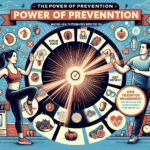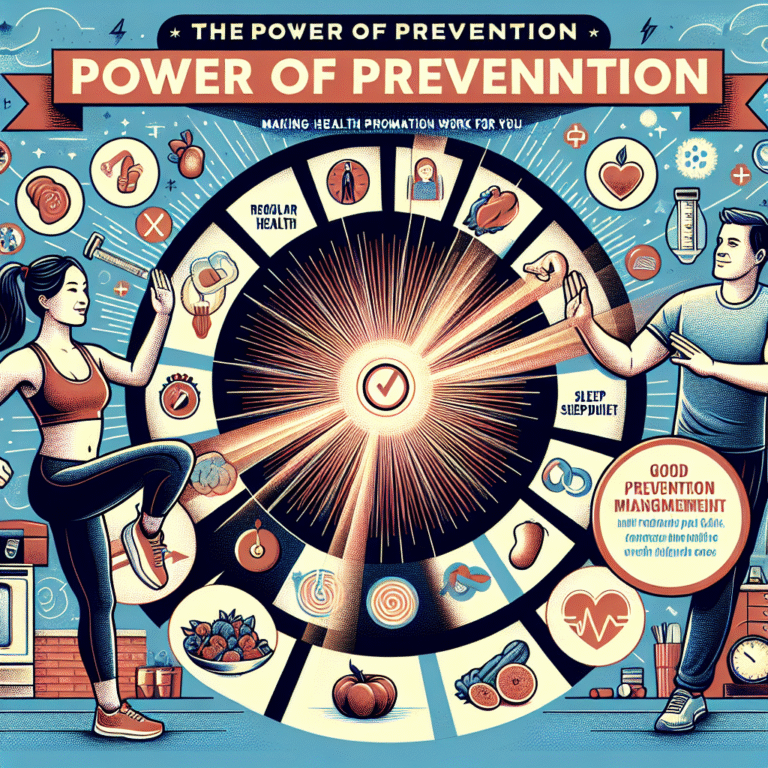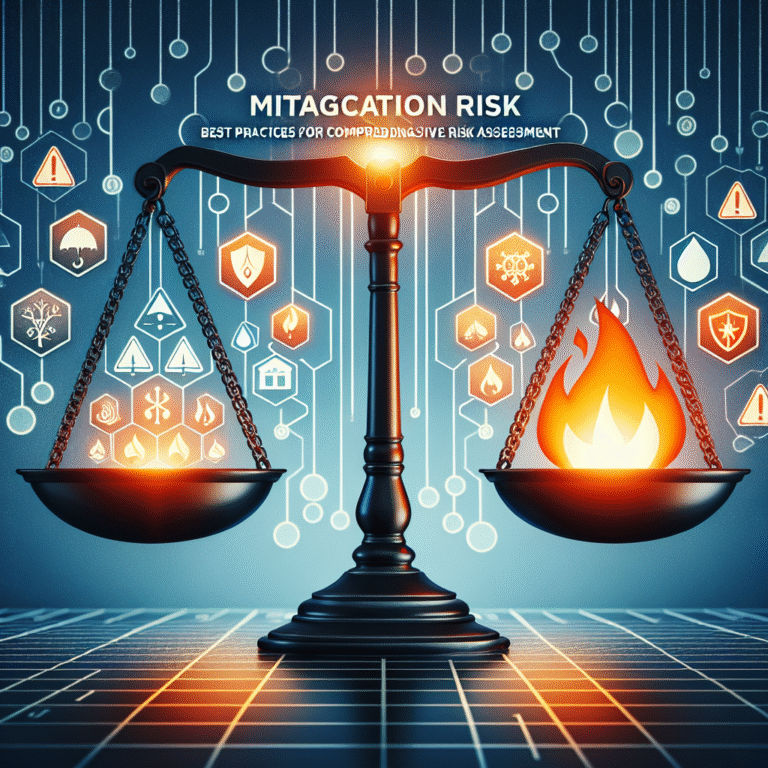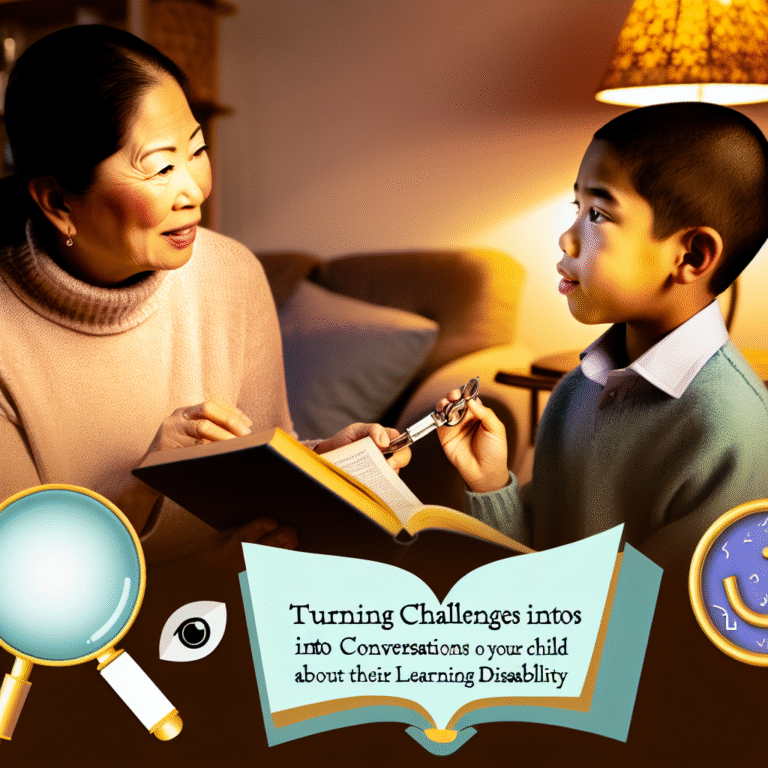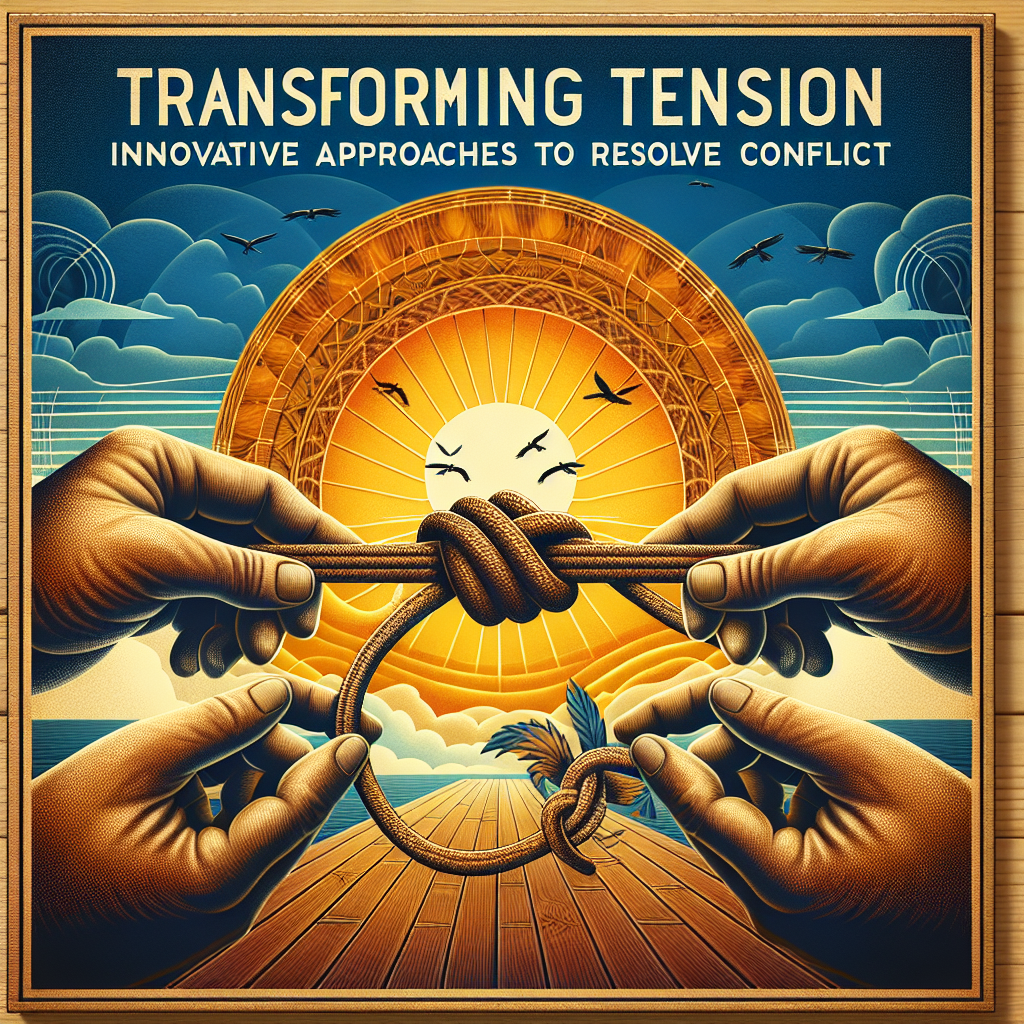
Introduction
Conflict is an inevitable aspect of human interaction. Whether in personal relationships, workplaces, or larger communities, tension often arises from differing perspectives, unmet expectations, or basic misunderstandings. While the prospect of conflict resolution may seem daunting, viewing it through the lens of Transforming Tension: Innovative Approaches to Resolve Conflict can lead to constructive outcomes. This article explores unique methodologies and perspectives that can facilitate healthier dialogues, foster collaboration, and promote understanding.
In our rapidly evolving world, traditional conflict resolution methods may no longer suffice. We live in times of heightened emotional responses, complex societal issues, and a strong need for empathy and dialogue. This can make it challenging to navigate disagreements. However, by embracing innovative approaches, we can effectively transform tension into opportunities for growth and understanding. Let’s dive into these strategies that not only mitigate conflict but also empower individuals and communities.
Understanding Conflict: The Foundation of Resolution
The Nature of Conflict
At its core, conflict is a difference of opinion or belief that leads to disagreement. It can occur between individuals, groups, or entire nations, and, when left unaddressed, can escalate into major issues. Understanding the nature of conflict is crucial to Transforming Tension: Innovative Approaches to Resolve Conflict. Here are several common sources of conflict:
- Differences in Values: This can include cultural, ethical, or personal beliefs that diverge significantly.
- Miscommunication: Misunderstandings can quickly escalate conflicts. Clarity and effective communication are vital.
- Competition for Resources: In many settings, individuals or groups may compete for limited resources, whether they be time, money, or attention.
The Importance of Addressing Conflict
Ignoring conflict can lead to resentment, reduced productivity, and a toxic environment. Thus, actively seeking resolutions is essential. By embracing a positive approach, we can learn valuable lessons from conflicts rather than viewing them solely as negative experiences.
Innovative Approaches to Conflict Resolution
1. Collaborative Problem-Solving
Transforming Tension: Innovative Approaches to Resolve Conflict begins with collaboration. This method focuses on bringing conflicting parties together to address the issue at hand. Here’s how it works:
- Open Dialogue: Create a safe space for all parties to express their views without interruption.
- Identifying Common Goals: Encourage parties to find shared interests to foster cooperative attitudes.
- Brainstorming Solutions: Together, develop potential solutions that could benefit all parties involved.
Case Study: The Mediated Workplace
In a corporate environment plagued by inter-departmental conflict, a company implemented a collaborative approach. By organizing workshop sessions where all stakeholders could voice their concerns and propose solutions, the teams identified shared goals that ultimately led to more effective collaboration. The outcome was not just a resolved conflict, but a strengthened workplace culture.
2. Restorative Practices
Another innovative method in Transforming Tension: Innovative Approaches to Resolve Conflict is restorative practices. This approach shifts the focus from punishment to healing and reconciliation. Key elements include:
- Restorative Circles: These gatherings allow impacted individuals to discuss the effects of the conflict openly.
- Accountability: Participants are encouraged to take responsibility for their actions and commit to making amends.
Case Study: School-Based Mediation
A high school facing frequent conflicts among students introduced restorative circles. By facilitating open discussions about conflicts and their impacts, students learned empathy and accountability. This method not only addressed conflicts but also cultivated a more supportive and respectful school climate.
3. Emotional Intelligence Training
Integrating emotional intelligence training into conflict resolution strategies is vital for transforming tension. Emotional intelligence encompasses the ability to understand one’s emotions and those of others, thereby improving communication and empathy. Steps to implement this include:
- Self-Awareness: Encourage individuals to recognize their emotional triggers.
- Empathy Development: Foster listening skills and understanding of different perspectives.
- Managing Emotions: Teach techniques to regulate emotional responses during conflicts.
Case Study: Empathy Workshops in Businesses
A tech company experienced ongoing disputes among teams. By conducting emotional intelligence workshops, employees learned to identify their triggers and approach conflicts more empathetically. The transformation in team interactions was evident, leading to a more cooperative environment and improved productivity.
4. Narrative Mediation
Narrative mediation is another effective approach, utilizing storytelling to reshape the perspectives of conflicting parties. This technique involves:
- Reframing the Narrative: Each party tells their story, allowing the other side to grasp their experiences and emotions.
- Finding New Connections: This method encourages parties to explore alternative viewpoints and reconstruct a collective understanding.
Case Study: Community Disputes
In a neighborhood facing disputes over property use, narrative mediation was introduced. Each resident shared their story, which revealed underlying fears and concerns. By expressing themselves, residents found common ground, leading to a collaborative solution for shared spaces.
Tools and Techniques for Conflict Transformation
Active Listening
Practicing active listening is essential when it comes to resolving conflicts effectively. This involves:
- Paying Attention: Focus entirely on the speaker without trying to formulate responses while they’re talking.
- Reflecting: Paraphrase or summarize what has been said to ensure understanding.
- Responding Appropriately: Address the underlying emotions that might not be verbally expressed.
Conflict Resolution Models
Understanding various conflict resolution models can further enhance your ability to transform tension. Consider these common frameworks:
| Model | Focus | Use Case |
|---|---|---|
| Interest-Based | Meet mutual interests | When both parties seek common outcomes |
| Principled Negotiation | Fair standards | In business to negotiate mutually beneficial terms |
| Transformative Mediation | Change relationships | When emotional connections are involved |
Technology in Conflict Resolution
In today’s digital age, technology plays a critical role. Virtual platforms for mediation, chatbots for initial conflict assessments, and online resources can enhance traditional methods, making them more accessible and efficient.
Conclusion
In the realm of Transforming Tension: Innovative Approaches to Resolve Conflict, innovative methodologies are essential. By embracing collaborative problem-solving, restorative practices, emotional intelligence, and narrative mediation, we can transform conflicts into opportunities for growth and understanding.
Ultimately, the goal is not just resolving conflicts but fostering ongoing dialogues that foster better relationships and shared understanding. The path to peace starts with each of us, challenging us to embrace empathy and creative thinking in challenging situations.
Actionable Insights
- Practice Active Listening: Make it a habit to genuinely listen to others’ perspectives.
- Engage in Training: Explore workshops on emotional intelligence and communication.
- Utilize Narrative Practices: Encourage storytelling in conflict resolution settings.
- Collaborate: In times of disagreement, seek common ground and shared goals.
FAQ Section
1. What are the common causes of conflict?
Conflict can arise from differences in values, miscommunication, and competition for resources. Understanding these causes is crucial for resolution.
2. How can I improve my conflict resolution skills?
Improving skills involves practicing active listening, developing emotional intelligence, and engaging in collaborative problem-solving techniques.
3. What is restorative justice?
Restorative justice focuses on healing and accountability rather than punishment. It typically involves discussions where parties share their experiences and work toward reconciliation.
4. How do I handle conflict in the workplace?
Start by addressing the issue directly, employ active listening, and seek a collaborative solution that satisfies all parties involved.
5. Can technology help in conflict resolution?
Yes, technology can facilitate conflict resolution through online mediation platforms, virtual communication tools, and educational resources that enhance understanding and skills.
By thoroughly engaging with these strategies, we can enhance not only our own conflict resolution skills but also contribute to a culture of understanding and empathy. Remember, transforming tension is about turning challenges into opportunities for connection and growth.


